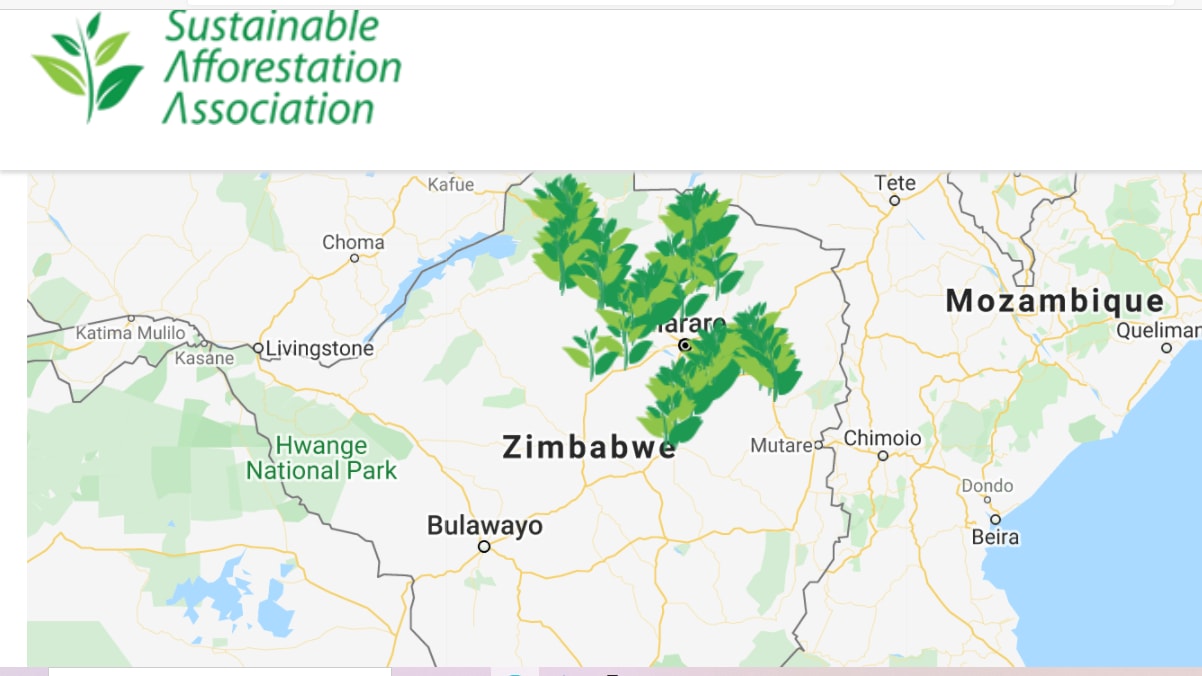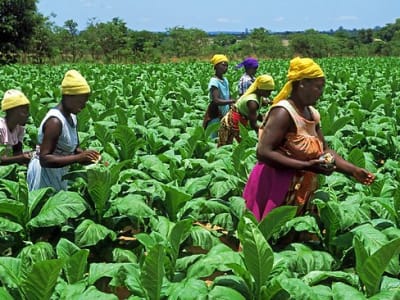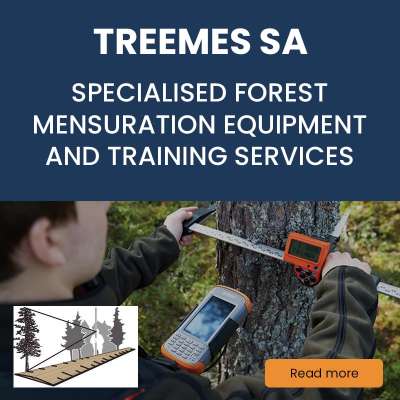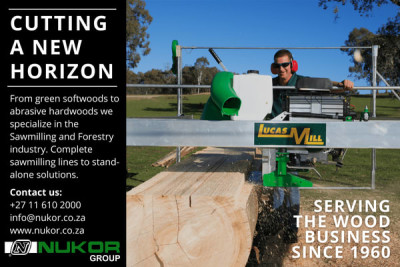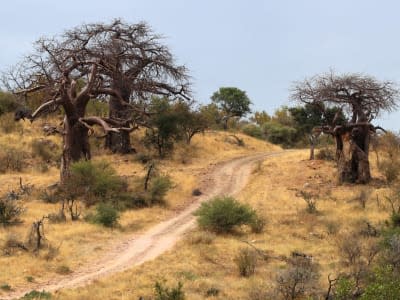SUSTAINABLE AFFORESTATION ASSOCIATION PURPOSE
Forests play a critical role in sustaining people’s health and livelihoods, employment creation, provision of essential environmental services, and contribution to the economy. Deforestation reduces the availability of these essential benefits to both the present and future generations. It is estimated that Zimbabwe loses about 300,000 ha (3 times the size of Harare) of indigenous forests annually due to indiscriminate cutting down of trees and veld fires. About 12-15% of this figure is attributed to tobacco curing. Zimbabwe is the world’s fourth-largest producer of tobacco with over 150,000 smallholder farmers relying on wood for curing their tobacco. With record production of nearly 260 million kilograms of tobacco in the 2019/20 season, it is estimated that over 2 million tones of wood were utilized to cure the golden leaf at an average of 8-10 kg of wood per kilogram of tobacco. Although legislation is in place, including Statutory Instrument 116 of 2012, which requires that for every 3 hectares of tobacco planted, the farmer must establish at least one hectare of trees for the curing of his tobacco, very little is being done to enforce compliance.
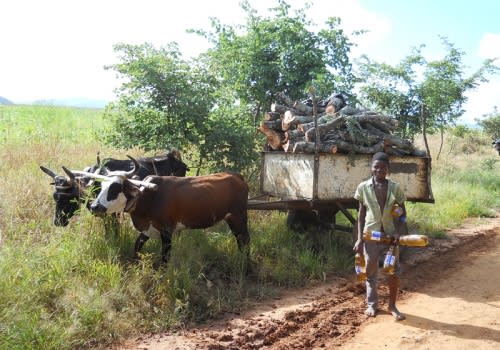
Indigenous trees cut and transported over long distances for purpose of fuel wood
Sustainable Afforestation Association (SAA) is a non-profit organization founded in 2013 by Tobacco Merchants to develop sustainable energy options for tobacco curing. The Association’s Constitution lays out three key objectives:
a) To provide a sustainable source of timber for use in the tobacco industry;
b) To investigate and implement strategies for the conservation and rejuvenation of existing indigenous and commercial forests; and
c) Generally to undertake such activities and projects directly or indirectly relating to the provision of sustainable sources of timber and the conservation and rejuvenation of existing timber resources.
SAA’s main focus has been on planting Eucalyptus trees – fast-growing, good curing fuel, readily available improved germplasm, and their management is well understood. Choosing the right tree species for biomass energy is about balancing growth against high wood density and heat value. SAA will continue to investigate suitable alternative species for consideration in the future development of its afforestation program.
5 year old E.grandis x camaldulensis hybrid
SUSTAINABLE AFFORESTATION ACHIEVEMENTS
Tree planting
Since its inception in 2013, SAA has established approximately 20,000 hectares of commercial Eucalyptus plantations through long-term partnership contracts with about 320 farmers in the four main tobacco growing areas of Mashonaland and Manicaland provinces. Farmer partners provide the land and SAA provides the capital and management skills. The Parties share the timber at the end of each rotation and ownership of the plantation reverts to the farmer after three rotations. SAA’s partner sites are now quite visible from the highways , for example just before the Great Dyke on the Harare Chirundu Road, just before Macheke and Rusape tollgate along Harare Mutare road, near Featherstone Police station on the Harare Masvingo Road, and on entering Bindura along the Harare Mt Darwin road.
To develop a culture of tree planting among communities, an additional 500 ha has been planted in partnership with small-holder farmers in Makoni and Mt Darwin; the communities provide land and labor while SAA provides seedlings and technical expertise.
Sustainable Afforestation Association footprint in Zimbabwe
Sustainable management of indigenous woodlands
While the Communal Land Forest Produce Act allows subsistence utilization of woodlands for local community benefit, the harvesting is often for commercial use (firewood vending, brick burning, tobacco curing, etc.), which leads to over-exploitation and subsequently accelerated deforestation. Sustainable management of indigenous woodlands has the potential to supply the much-needed wood for tobacco curing and SAA has been looking for collaborative partners to develop woodland management models that could be employed at the farm level to reduce forest loss.
To counter the threat of wood theft in both SAA plantations and local indigenous woodlands, a team of about 250 security guards was set up. SAA estimates that in addition to 20, 000 ha of Eucalyptus plantations, it is also protecting more than another 20,000 ha of indigenous woodlands around partner farms. SAA is working closely with the Forestry Commission, the Zimbabwe Republic Police (ZRP), and the National Prosecuting Authority (NPA) to control wood theft and ensure that mandatory jail sentences are imposed by the Courts.
Trialing other energy technologies
To augment its biomass energy drive, SAA has also collaborated with recognized research institutions such as the University of Zimbabwe and the Tobacco Research Board to explore the use of bamboo, ethanol, biogas, and solar energy as alternative energy options for tobacco curing. There has been very little progress in the development of these modern technologies primarily due to a lack of national strategies to promote them.
SUSTAINABLE ENERGY OPTIONS FOR TOBACCO FARMERS
Pressure is mounting against the use of methods that destroy the environment when curing tobacco and Zimbabwe needs to demonstrate that it is following a trajectory that will result in the sustainable production of the golden leaf. While the use of coal is still globally accepted as a short-term measure, very few farmers have access to it, hence the prevalent poaching of indigenous wood.
Sustainable sources of wood for tobacco curing exist in the Eastern Highlands commercial forests where residual wood is left in harvesting operations and invasive species such as wattle have grown out of control. Some tobacco merchants are already exploiting this resource base for their contract farmers. Statistics from the Timber Producers Federation indicate that before the land reform program there was 156,000 ha of plantations, which have been reduced to about half to date. Over 50,000 ha of these plantations are on resettlement farms where they could be managed for productive use but have been vandalized and mismanaged. A lot of Indigenous wood from clearing agricultural land and road construction is also burnt or left to rot when it could otherwise be utilized. If law enforcement was strong enough and there were incentives to use plantation wood for tobacco curing, more firewood would be moved across the country to where it is needed. SAA aims to establish 35,000-40,000 ha of eucalyptus plantations across the main tobacco growing areas in the next 10 years for sustainable tobacco curing in Zimbabwe.

The current tobacco fire wood curing kiln are very wasteful
THE CALL TO ACTION
Joint Venture Partnerships
SAA believes that the success of its afforestation program lies in the active participation of a wide range of community groups. Interested landowners who wish to enter into joint venture partnerships can contact SAA to inspect the farm and discuss the terms and conditions of the JV Contract.
Contract work
Individuals who have the required resources in the form of skills, equipment, or materials can approach us or respond to our tender advertisements when published. The activities for which tender advertisements are normally called for include the following:
a. Tree seedling production using float trays and soilless growing media, involving both small-scale and large-scale nurseries.
b. Provision of transport services, mainly 2-7 tonne trucks for transportation of labor and materials to field stations and fire standby operations.
c. Supply of chemicals, fertilizers, and small tools and equipment used in planting operations.
d. Equipment hires e.g. tractors, rippers, and boom sprayers for land preparation; water bowsers and trailers for tree planting; and disc harrows for fire protection.
Employment
A significant number of qualified and experienced foresters who are capable of working in a social forestry environment are recruited annually to meet SAA’s growth. Students who wish to join SAA for one-year industrial attachment and graduate interns who wish to acquire more hands-on skills in forestry can apply for consideration, the selection of which is based on merit. In line with our interests in capacity building and local employment creation, SAA will recruit on a fixed-term contract basis interested community members to assist with land preparation, tree planting, weeding, and fire protection.
CONCLUSION
Small-scale tobacco growers at the auction floor
Combating deforestation requires the active participation of everyone; communities, landowners, local authorities, Government, and civil society in general. Sustainable Afforestation Association’s vision is to transform Zimbabwe’s forestry landscape by producing tangible results in the next decade.
Tobacco farmers need to understand that the tobacco business should factor in energy requirements in the production chain. The afforestation levy collected from farmers should not be viewed as a passport for free wood from indigenous forests but rather to lobby for its effective utilization. We all have a responsibility to leave a sustainable economic foundation for future generations and SAA calls everyone to “Contribute towards the Green Revolution in Zimbabwe” to ensure sustainable tobacco production.
Author:
Lloyd Mubaiwa
Business Relations Manager
Sustainable Afforestation Association
Lloyd is a forester and a former Principal of the Zim College of Forestry


